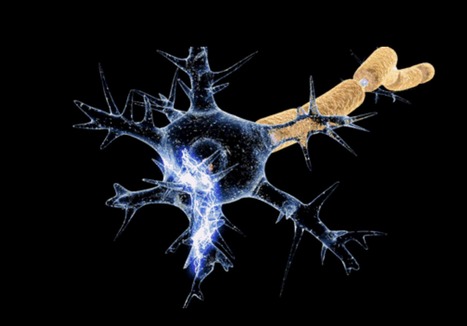This report describes a case of polio in an unvaccinated adult resident of New York and highlights why it’s important to stay up to date on recommended poliovirus vaccination.
On July 18, 2022, the New York State Department of Health (NYSDOH) notified CDC of detection of poliovirus type 2 in stool specimens from an unvaccinated immunocompetent young adult from Rockland County, New York, who was experiencing acute flaccid weakness. The patient initially experienced fever, neck stiffness, gastrointestinal symptoms, and limb weakness. The patient was hospitalized with possible acute flaccid myelitis (AFM). Vaccine-derived poliovirus type 2 (VDPV2) was detected in stool specimens obtained on days 11 and 12 after initial symptom onset. To date, related Sabin-like type 2 polioviruses have been detected in wastewater* in the patient’s county of residence and in neighboring Orange County up to 25 days before (from samples originally collected for SARS-CoV-2 wastewater monitoring) and 41 days after the patient’s symptom onset. The last U.S. case of polio caused by wild poliovirus occurred in 1979, and the World Health Organization Region of the Americas was declared polio-free in 1994. This report describes the second identification of community transmission of poliovirus in the United States since 1979; the previous instance, in 2005, was a type 1 VDPV (1). The occurrence of this case, combined with the identification of poliovirus in wastewater in neighboring Orange County, underscores the importance of maintaining high vaccination coverage to prevent paralytic polio in persons of all ages.
Case Findings
In June 2022, a young adult with a 5-day history of low-grade fever, neck stiffness, back and abdominal pain, constipation, and 2 days of bilateral lower extremity weakness visited an emergency department and was subsequently hospitalized with suspected AFM; the patient was unvaccinated against polio (Figure). As part of national AFM surveillance,† the suspected case was reported to NYSDOH and then to CDC. The patient was discharged to a rehabilitation facility 16 days after symptom onset with ongoing lower extremity flaccid weakness. A combined nasopharyngeal/oropharyngeal swab and cerebrospinal fluid sample were negative by reverse transcription–polymerase chain reaction (RT-PCR) testing for enteroviruses and human parechovirus, as well as for a panel of common respiratory pathogens and encephalitic viruses by molecular methods (2). RT-PCR and sequencing of a stool specimen by the NYSDOH laboratory identified poliovirus type 2. Specimens were tested at CDC using RT-PCR (3) and sequencing, confirming the presence of poliovirus type 2 in both stool specimens. Additional sequencing identified the virus as VDPV2 (4), differing from the Sabin 2 vaccine strain by 10 nucleotide changes in the region encoding the viral capsid protein, VP1, suggesting transmission for up to 1 year although the location of that transmission is unknown. Based on the typical incubation period for paralytic polio, the presumed period of exposure occurred 7 to 21 days before the onset of paralysis. Epidemiologic investigation revealed that the patient attended a large gathering 8 days before symptom onset and had not traveled internationally during the presumed exposure period. No other notable or known potential exposures were identified.
Published in Morbidity and Mortality Weekly Report (August 16, 2022):



 Your new post is loading...
Your new post is loading...








